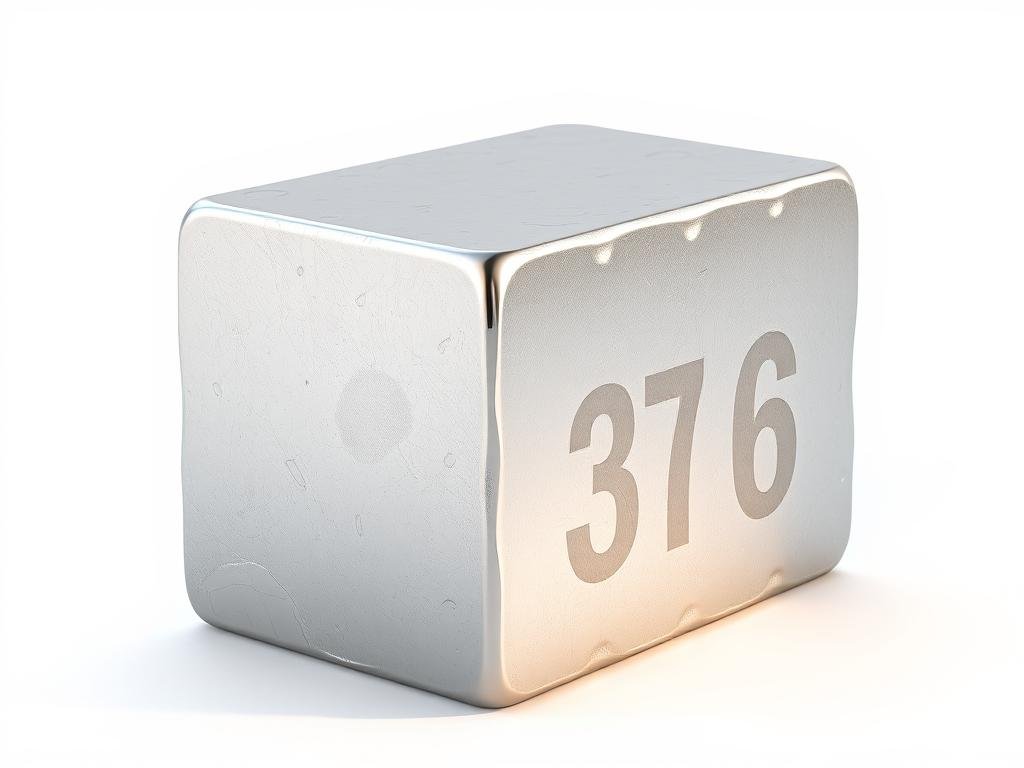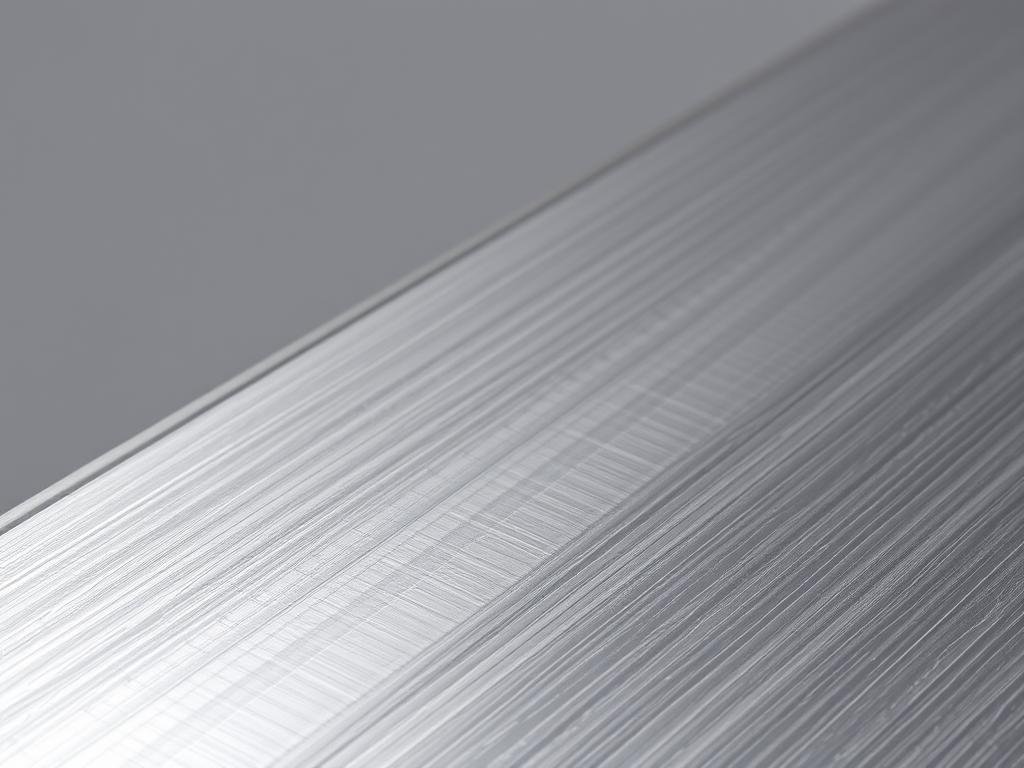316 不銹鋼 is renowned for its exceptional 耐腐蝕性 and durability, making it a preferred material in various industries, including marine environments.
這 奧氏體不銹鋼 contains a significant amount of chromium, 鎳, and 鉬, which contribute to its strength and resistance to oxidation.
The unique composition of 316 stainless steel, including its low carbon content, enhances its overall performance and makes it an ideal choice for applications where exposure to saltwater is a concern.
理解的 密度 of this marine-grade metal is crucial for engineers and manufacturers to ensure the structural integrity and longevity of their projects.
Understanding 316 Stainless Steel
316 stainless steel is a widely used material in various industries due to its unique properties. Its popularity stems from its high corrosion resistance, strength, and durability.
Composition and Chemical Properties
The composition of 316 stainless steel includes a significant amount of chromium (16-18%) and nickel (10-14%), with the addition of molybdenum (2-3%). This chemical makeup contributes to its corrosion resistance and strength. The density of 316 stainless steel is approximately 8.0 g/cm³ or 0.289 lb/in³.

What Makes 316 “Marine-Grade”
The term “marine-grade” refers to the alloy’s exceptional resistance to corrosion, particularly in saltwater environments. The presence of molybdenum enhances its resistance to pitting and crevice corrosion, making 316 stainless steel an ideal choice for marine applications. Key characteristics include:
- High resistance to corrosion
- Excellent durability
- Strong mechanical properties
These attributes make 316 stainless steel a preferred material in industries such as marine hardware, offshore oil and gas, and other applications where exposure to corrosive environments is a concern.
Density of Stainless Steel 316: Technical Specifications
The density of stainless steel 316 is a critical property that influences its performance in various applications. This austenitic stainless steel grade is renowned for its excellent strength, corrosion resistance, and durability. Its density is a key factor in determining its suitability for different uses.
Measuring Density: Units and Methods
Density is typically measured in units of mass per unit volume, such as kilograms per cubic meter (kg/m³) or pounds per cubic inch (lb/in³). The density of stainless steel 316 is usually around 8.0 g/cm³, which is slightly higher than that of carbon steel. Accurate measurement of density is crucial for engineering applications.

Factors Affecting 316 Stainless Steel Density
Several factors can influence the density of stainless steel 316, including its composition, processing history, and temperature. Variations in the content of alloying elements like chromium, nickel, and molybdenum can affect its density. Additionally, cold working or heat treatment can also alter the material’s density.
Density Comparison: 316 vs. Other Stainless Steel Grades
When compared to other stainless steel grades, 316 has a density similar to that of 304, around 8.0 g/cm³, but slightly different from that of ferritic or martensitic grades. The density of stainless steel 316 is a key characteristic that distinguishes it from other materials and influences its application in various industries.
How Density Contributes to 316 Stainless Steel Performance
With a density of approximately 8.0 g/cm³, 316 stainless steel offers a unique combination of strength and corrosion resistance. This density value is fundamental to understanding the material’s overall performance in various applications.
Corrosion Resistance and Density
The density of 316 stainless steel is closely related to its corrosion resistance. The material’s composition, including 16-18% chromium, 10-14% nickel, and 2-3% molybdenum, contributes to its ability to resist corrosion. This synergistic effect makes 316 stainless steel an ideal choice for marine environments and chemical processing applications.
Mechanical Strength Properties
The density of 316 stainless steel also influences its mechanical strength properties. With a high tensile strength and excellent durability, this material is well-suited for demanding applications. Its strength is a critical factor in its suitability for construction and other heavy-duty uses.
熱導率與電導率
In addition to its mechanical properties, the density of 316 stainless steel affects its thermal and electrical conductivity. While not as conductive as some other materials, 316 stainless steel’s conductivity is sufficient for many applications, including heat exchangers and electrical enclosures.
In conclusion, the density of 316 stainless steel is a critical factor in its overall performance, influencing its corrosion resistance, mechanical strength, and thermal and electrical conductivity. By understanding and leveraging this property, engineers and fabricators can make informed decisions when selecting materials for various applications.
